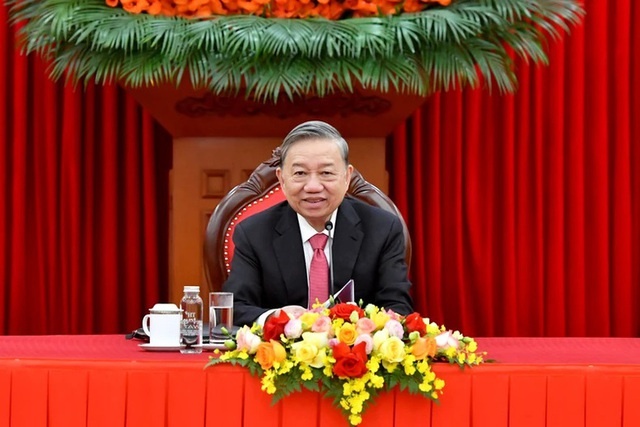Vietnam–U.S. Trade Reset: Zero Tariffs, Real Opportunities
04-04-2025, 23:20:40This announcement is particularly significant as Vietnam seeks to strengthen its role in the global supply chain post-pandemic, while the U.S. looks to diversify trade away from China. Should the path toward zero tariffs become reality, not only will American exporters benefit — but Vietnamese companies could ride the wave of U.S. investment, especially in high-tech, clean energy, advanced medical devices, and premium agricultural sectors.

Zero Tariffs: A Strategic Move, Not Just Symbolism
In their recent phone call, both leaders reaffirmed the importance of deepening bilateral ties. But the highlight was Vietnam’s readiness to engage in discussions that could lead to zero import duties on U.S. goods — a bold yet calculated move. In the short term, this demonstrates strong political goodwill and economic openness. But in the long run, it could lay the foundation for a new trade paradigm between the two nations.
This intent is already being operationalized. On the same day, Deputy Prime Minister Hồ Đức Phớc met with business associations, government ministries, and diplomatic missions to review tariff-related issues with the U.S. — a clear indication that political commitments are turning into action.
Which Sectors Stand to Gain?
If tariffs on U.S. goods are eliminated, American industries such as pharmaceuticals, medical equipment, premium agriculture, clean energy, and hardware technologies will find easier access to Vietnamese markets. But that’s only one side of the story.
Vietnamese businesses — especially in logistics, distribution, and joint ventures — will also benefit as enablers and partners. Additionally, U.S. manufacturers looking for low-cost, geopolitically stable production hubs may increasingly turn to Vietnam, accelerating a new wave of foreign direct investment (FDI). Industrial real estate, tech manufacturing, and support services could all see renewed momentum.
Investment Implications Go Beyond Trade
General Secretary Tô Lâm’s invitation for President Trump to visit Vietnam — and Trump’s enthusiastic response — hints at a potential high-level state visit. For investors, this could serve as a powerful market catalyst.
Smart capital should keep an eye on Vietnam’s FDI-driven sectors: industrial parks, logistics infrastructure, companies with strong U.S. partnerships, and service providers poised to tap into new American demand. Even local firms involved in clean energy and high-end food processing may find new growth paths.
Zero tariffs is more than a number — it’s a signal of deepening strategic cooperation. Investors should view this as the starting point of a multi-year structural shift in trade, investment, and supply chain integration between Vietnam and the United States.